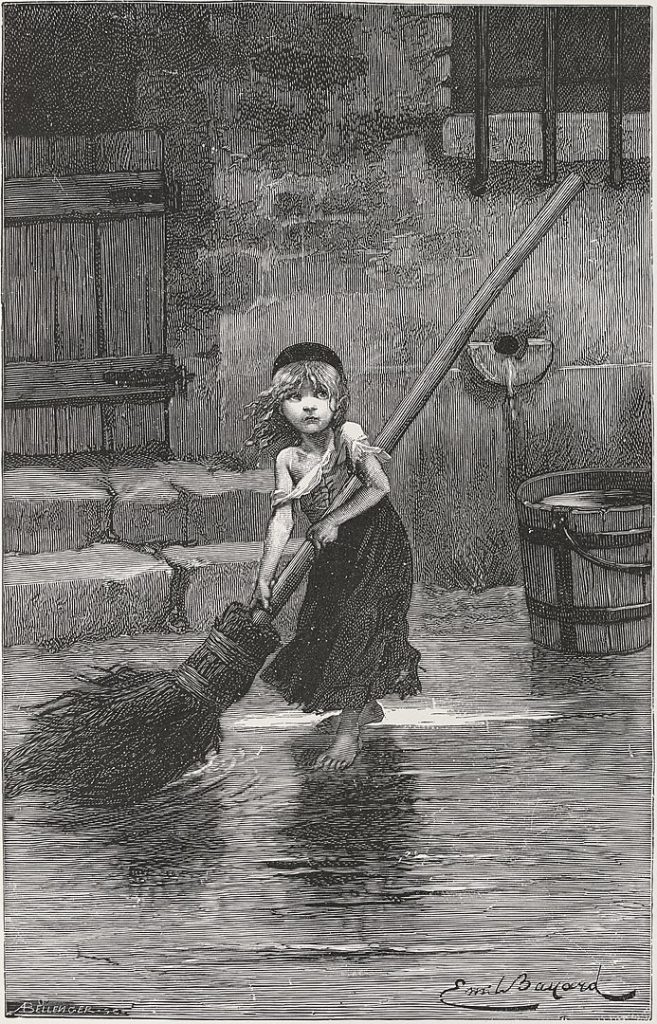
Émile Antoine Bayard, a French artist and illustrator, was born on November 2, 1837, in La Ferté-sous-Jouarre, France. He gained prominence during the 19th century for his contributions to the field of illustration, particularly for his work on literary classics and popular novels. Bayard’s artistic talent and versatility allowed him to leave a lasting imprint on the visual culture of his time.
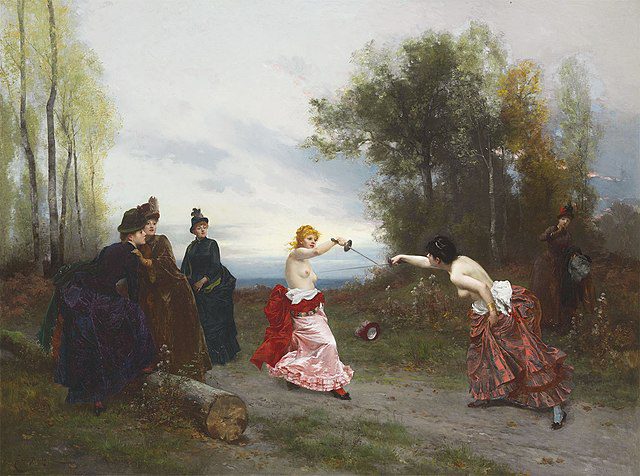
Bayard’s artistic journey began with formal training at the École des Beaux-Arts in Paris. His early career saw him working as an illustrator for various magazines and periodicals. However, it was his collaboration with the renowned writer and playwright Victor Hugo that brought him widespread recognition.
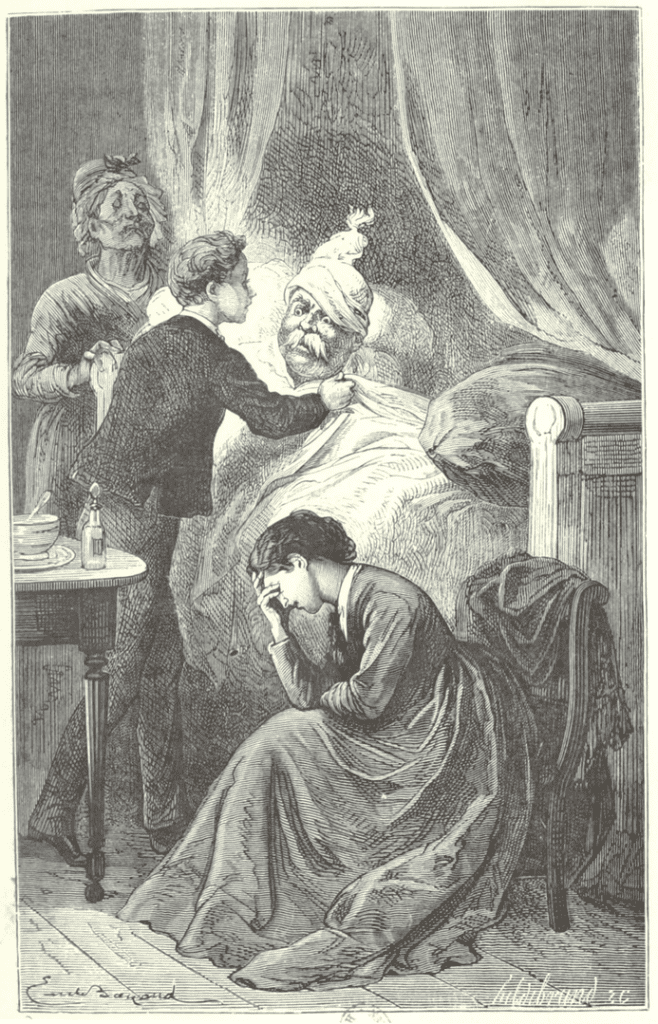
One of Bayard’s most notable achievements was his illustration for Hugo’s novel “Les Misérables.” His depiction of the character Cosette, carrying a water bucket and captured in a moment of vulnerability, became an iconic image associated with the literary classic. Bayard’s ability to convey emotion and narrative depth through his illustrations contributed to the success of the novel.
A Variety of Work
Beyond “Les Misérables,” Bayard illustrated a range of literary works, including novels by Alexandre Dumas and Jules Verne. His illustrations often captured the essence of the characters and scenes, enhancing the reading experience for audiences of the time. Notable works include his illustrations for Dumas’ “The Count of Monte Cristo” and Verne’s “Around the World in Eighty Days.”

In addition to book illustrations, Bayard contributed to the burgeoning field of satirical and humorous magazines. His drawings and caricatures, characterized by wit and humor, found a place in publications such as “Le Journal pour rire” and “Le Chat Noir.”
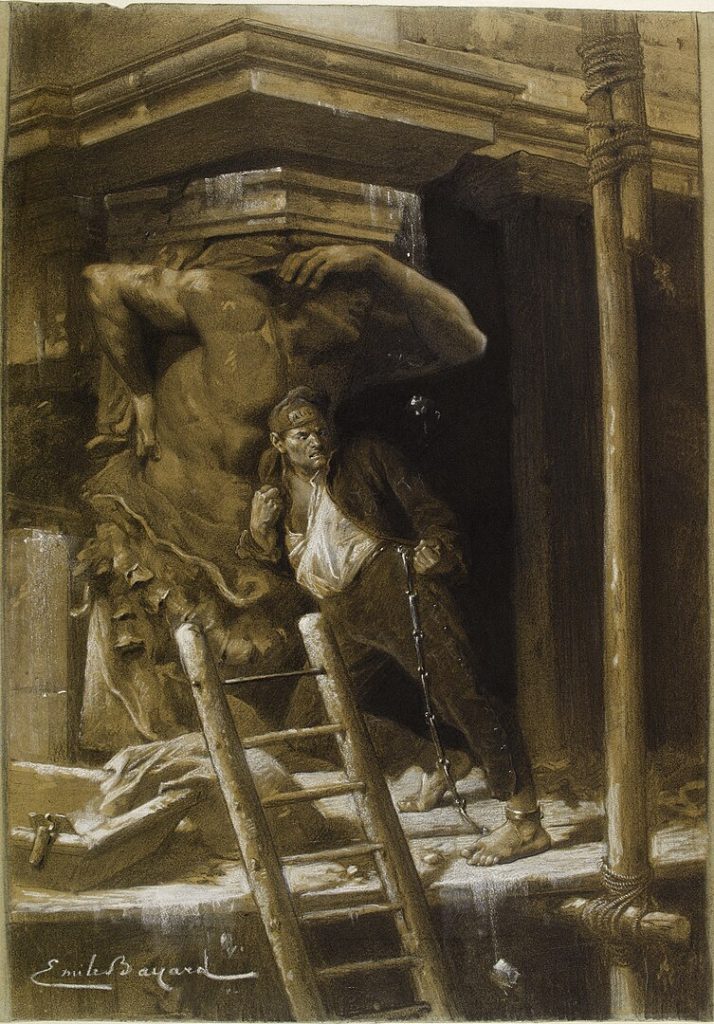
Bayard’s artistic versatility extended to his involvement in the development of early animation. He created a device called the “Zoogyroscope,” an optical toy that simulated motion by displaying sequential images. His interest in visual storytelling and innovation reflected his adaptability to the evolving landscape of visual arts.
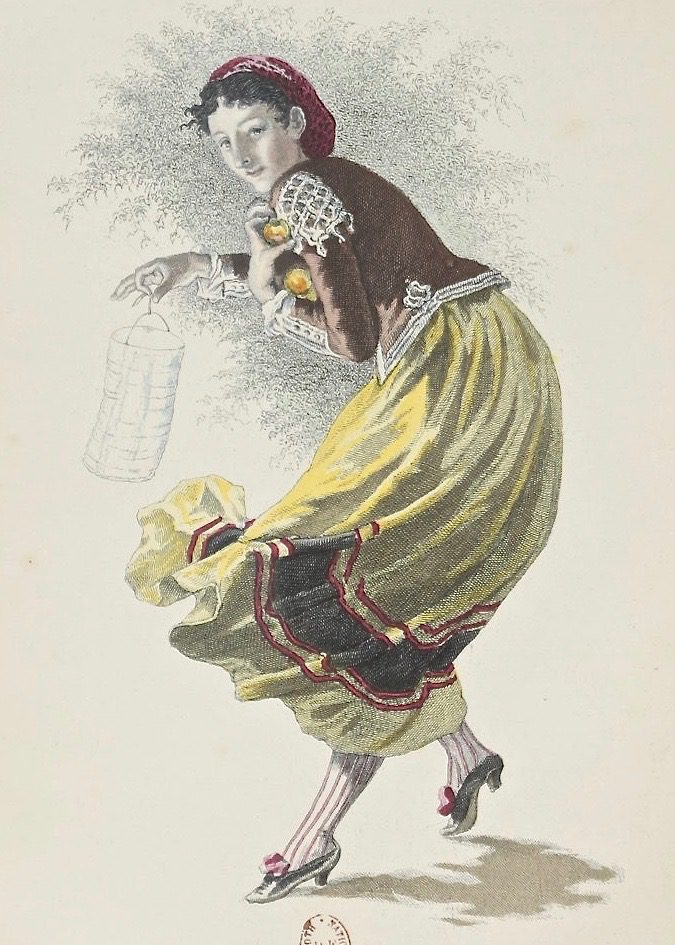
The artist’s collaboration with various authors and publications allowed him to navigate the changing artistic trends of the time. While rooted in the academic traditions of his training, Bayard demonstrated a willingness to embrace new forms of expression and engage with contemporary themes.
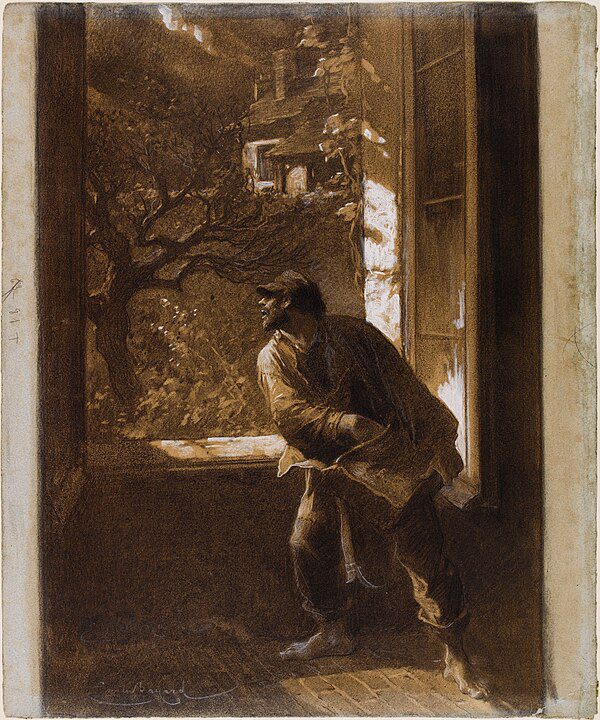
Émile Bayard continued to work prolifically until his death on December 6, 1891. His legacy endures through the impact he had on the visual representation of literature during the 19th century. Bayard’s illustrations remain iconic, evoking the spirit of the literary works they accompanied and contributing to the broader cultural milieu of his era. Today, his contributions to the art of illustration are celebrated as part of the rich tapestry of 19th-century visual storytelling.




